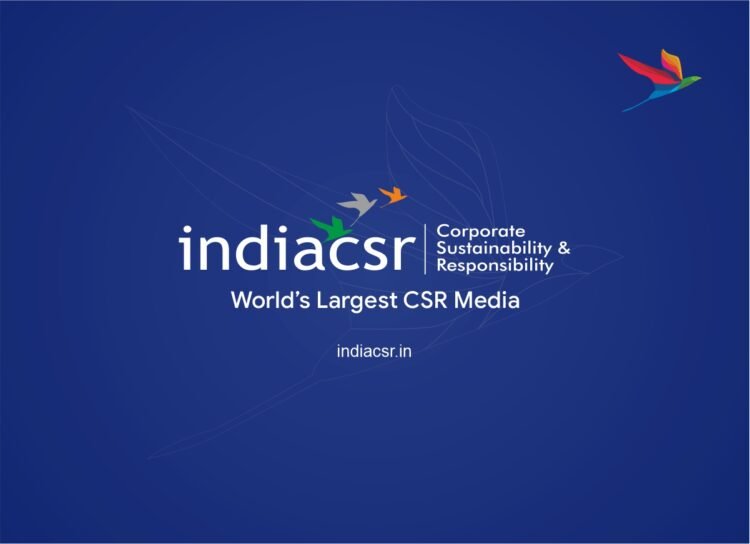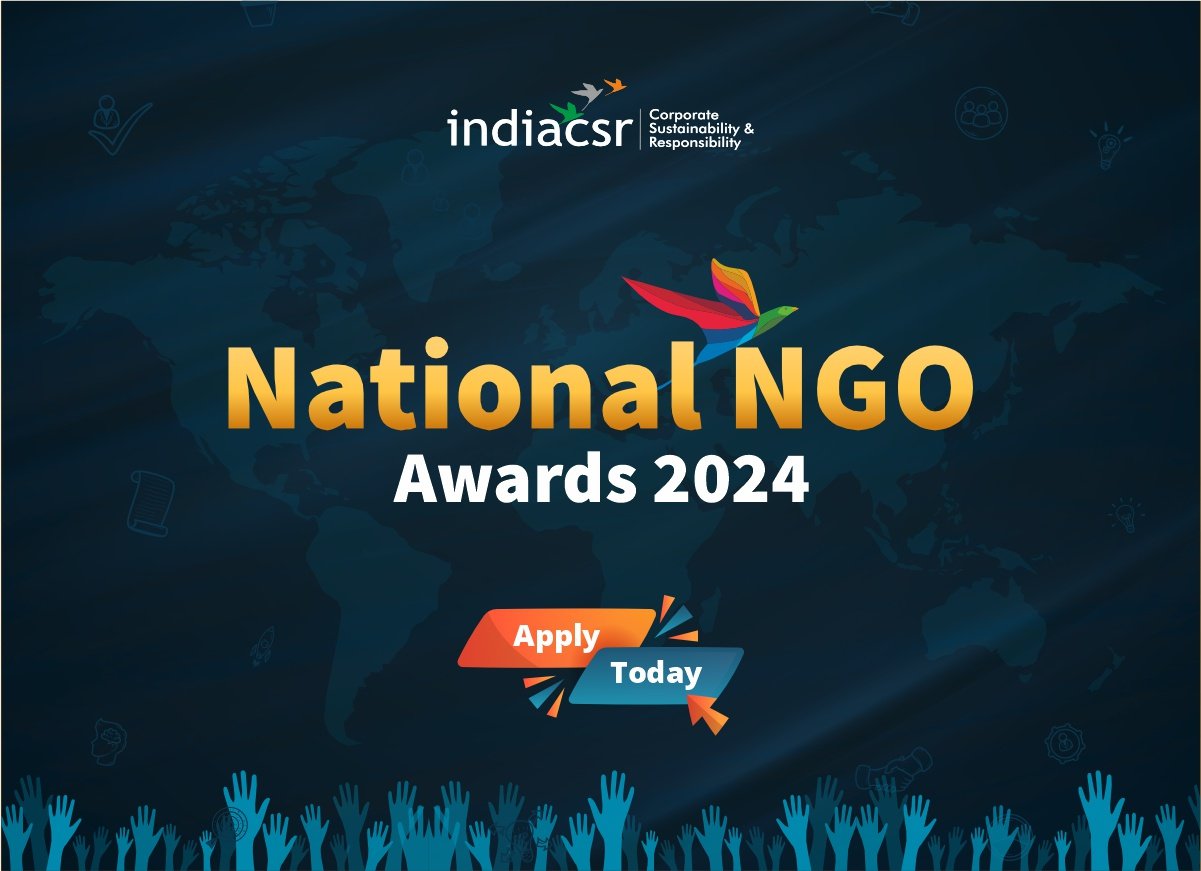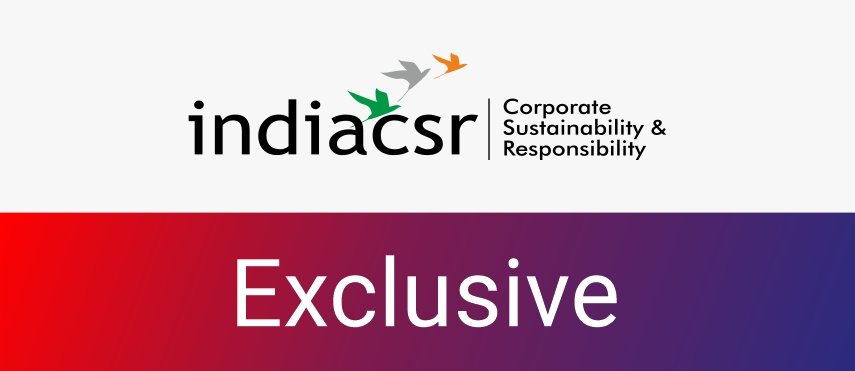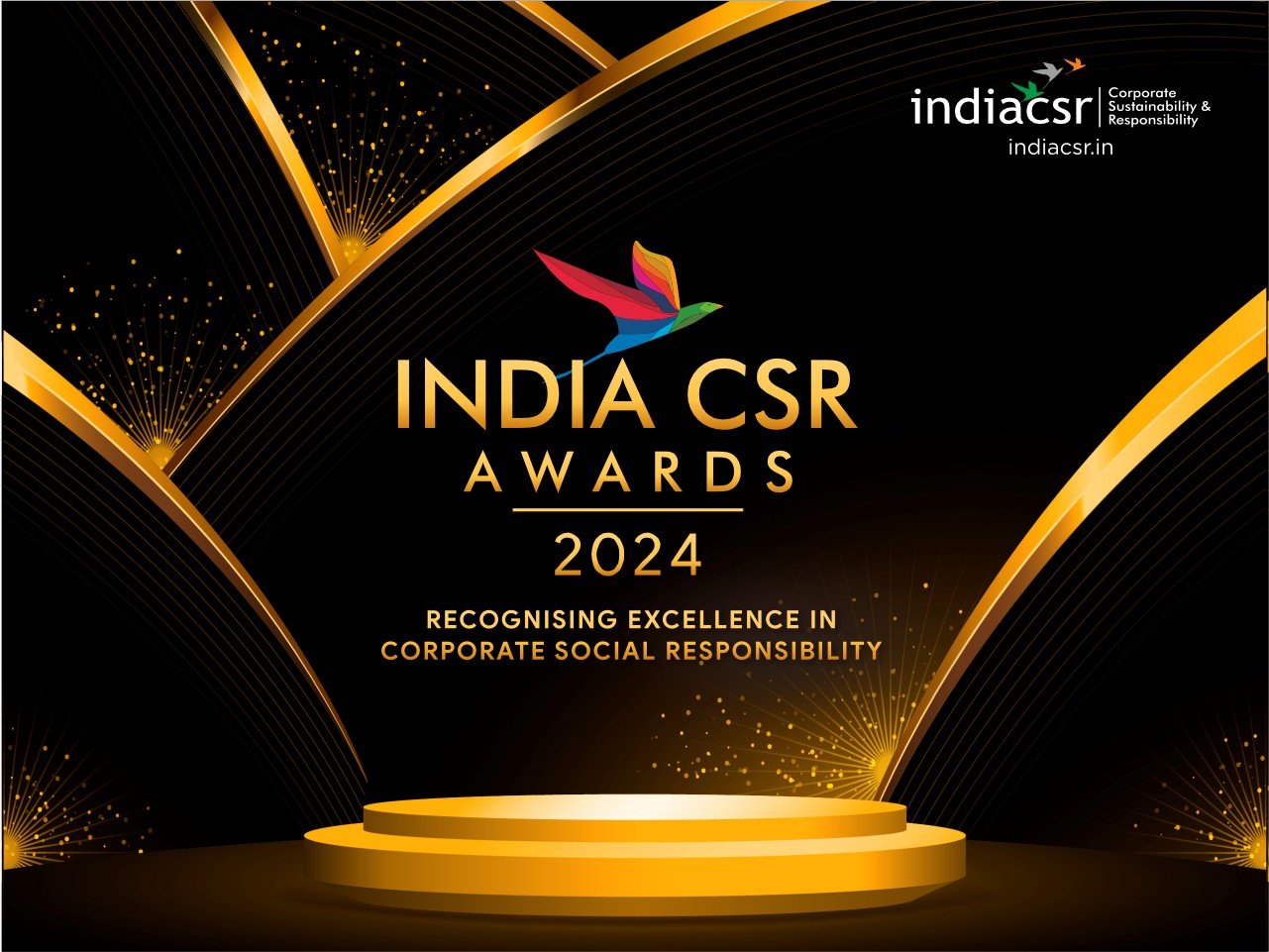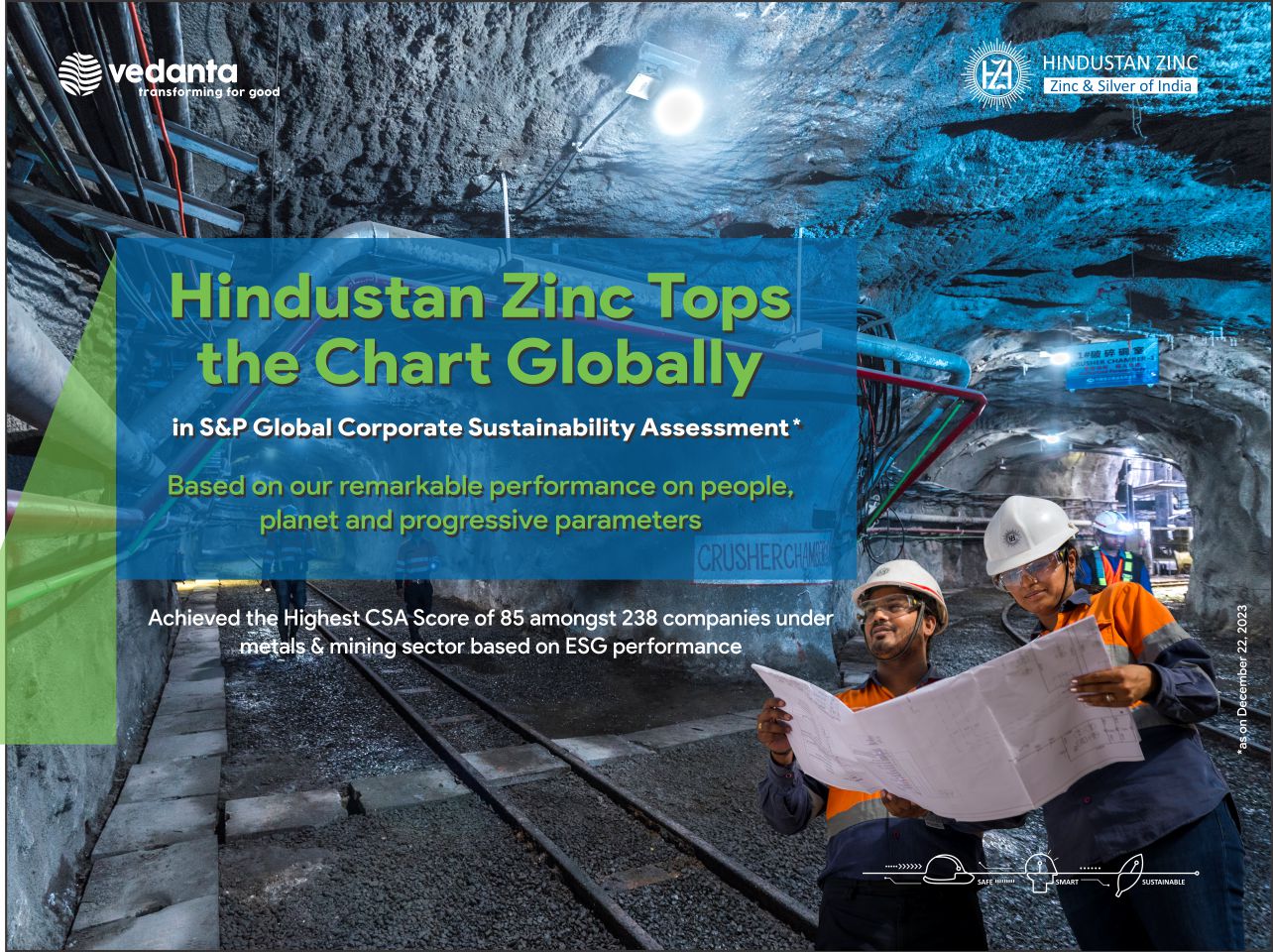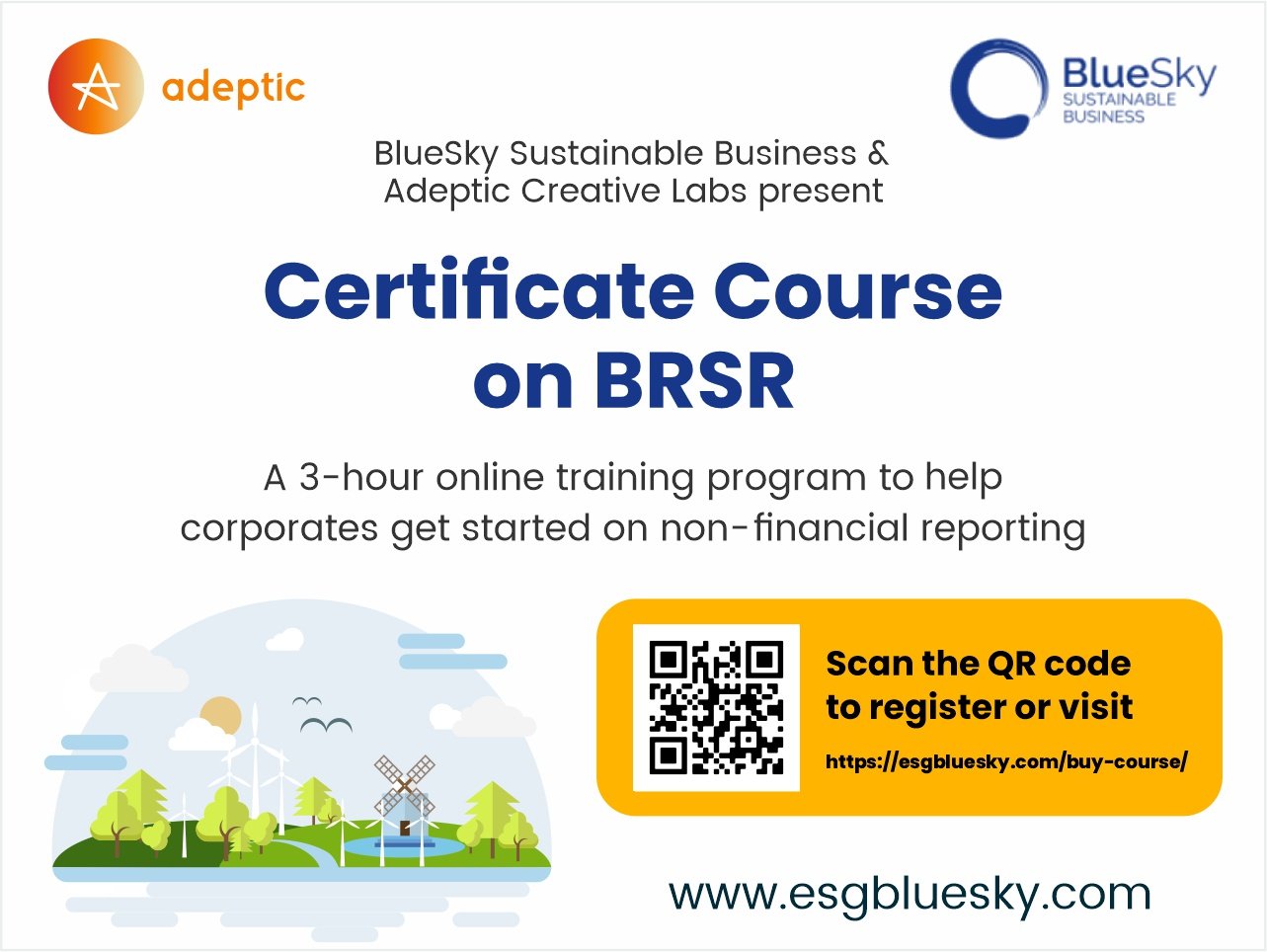By Dr Hishmi Jamil Husain
The Indian mining industry is characterized by a large number of small mines and is dominated by public sector. The liberalization policy at the national level is also accompanied by the globalization of mining operations. The mining industry has developed their own policy for sustainable mining in terms of health, safety, environment and communities for lengthening of the lifespan of mining operations.
Global Expansion and Control Framework
Mining companies have also made a framework by which the acquisition of large tracts of mineral lands globally and deletion of limitations to their control and use of such grounds so that mining activities should not affected by territorial boundaries.
International Expansion Strategies
The various dimensional planning can be done on a globalized scale for good management of environment and communities. Due to extreme competition, to maintain their industrial place, the mining companies are looking globally and spreading in many countries in righteous way to acquire mineral lands. Some of Canadian mining companies having 1700 mine projects outside Canada and same way Australian, European and American companies are looking outside for developing the mines in India.
Mines and Minerals Development and Regulation (MMDR) Amendment
Under Article 123(1) of the Constitution on 12th January, 2015 the Government of India has promulgated Mines and Minerals Development and Regulation (MMDR) amendment ordinance, 2015. This amends certain provisions of MMDR Act, 1957. The announcement of ordinance was necessary to address various critical problems in the mining industry due to which development of new mines is not happening and big loss in revenue due to illegal mining reported.
Reforming Mining Policy
In 2006 Indian Government appointed a High Level Committee (HLC) to review the existing mining policy and rules to align them with international best practices, simplifying procedures for grant of mineral concessions in short timeframe which could attract international companies and other important stakeholders to invest in the mining sector and generate revenue for social and economic development.
National Mineral Policy (NMP) 2008
HLC recommendations are adopted in the form of National Mineral Policy (NMP) 2008. To give effect to the policy directions in NMP, the Government has evolved a new MMDR Bill, 2011, after several rounds of consultations with the stakeholders.
Move towards Privatization and Mechanization
The Group of Ministers recommended the draft MMDR Bill, 2011 for introduction in Parliament. The thrust of the new mining policy being promulgated by the government is to move Indian mining towards privately owned large scale, mechanized mines. In India the areas of forests mineral, tribal habitation regions maps overlie each other and it is observed the distribution is more or less the same. In other words, India’s major mineral reserves are under its richest forests and in the watersheds of its key rivers.
Forest Land Diversions and Environmental Concerns
An estimated 1.64 lakhs of forest land has been diverted for mining in the country. Forest land diversion for mining has increased. Delays in environment and forest clearances need to be resolved by Ministry of Environment, Forests and Climate Change for providing unhindered support in growth of mining. Through the new MMDR Bill, 2011 government wants to revive the mining sector and is committed to strengthen important economy pillar for growth and development. The auction of the identified resources will attract serious investor actually those who want to participate and harness the economic growth. This will help in generating the revenue and transparency.
Systematic Exploration and Reduction of Dependency
Under MMDR Bill, 2011 new classification of minerals will also lead to systematic and scientific exploration for which dependency of states will be lessened on centre. Implementation of MMDR Bill, 2011 is important to curb illegal mining and hefty penalties through the National Minerals Exploration Trust (NMET) to give impetus to exploration, removal of prior approval and reduce waiting time for approval.
Grass Root Level Solutions
At the grass root level, with the help of District Mineral Foundation (DMF), concern of mining affected people plan to resolve at district level. Falling production of iron ore and coal are forcing India to depend on other countries. We need to increase our production of minerals and metal to strengthening the ‘Make in India’ vision.
Legal Environment and Investment Opportunities
The MMDR Bill, 2011 gives an opportunity for better use of legal environment and attracting investment from companies for developing scientific and sustainable mining with the consultation of local people to notify area for mineral concession with approved closure plan. Currently in notified area of mineralization for prospecting will be based on resource size and value addition. States may call applications and directly grant mining concession through bidding based on financial and technical report.
Regulatory Authorities and Benefit Sharing
This will also help to fix the minimum price of resources and small deposits could also be explored by cooperatives. The establishment of National Mining Regulatory Authority for major minerals guides the State Governments to setup minor mineral State Authority. The provision of Central and State Cess would help in developing the Mineral Funds at National and State Level for capacity building in mining sector. For benefit sharing net 26% profit in case of coal and royalty in case of other minerals for people who are having traditional rights in mining area and impacted due to mining.
Special Courts and Penalties
In the MMDR Bill, 2011 there is a provision as well to establish special courts at the State level for speedy disposal of the illegal mining case and enhanced penalties up to debarment of person convicted of illegal mining for future grants and termination of all mineral concession for violation of provision of the Act.
Salient Features of MMDR 2011
The salient features of MMDR 2011 are:
- Open auction of mining resources
- Attract investors for mining
- Provision for compensation to affected people quickly
- Provision of financial support for exploration
- Simplification of procedure and reduced delay
- Stronger guards to control illegal mining
Transparency and Lease Duration
Open auction of mining resources will bring more transparency in granting mining lease and increase duration of mining lease from 30 years to 50 years which will give an opportunity to use the mining resource for a longer time. The existing mines will not require the second and subsequent renewals for mining. Due to long delays in lease approval which led to closure of large number of mines leads to unemployment.
Support for Mining Lease Holders
Government has kept the interest of mining lease holders in mind so that they are not adversely affected due to new MMDR Bill, 2011. Mining lease holder is not likely to be put into any destitute condition. It is anticipated that this would directly permit such closed mines to start their operations.
Addressing Grievances and Exploration Support
The provision of establishment of DMF in district is designed to address the grievance of the civil society and affected people from mining. The proposal of creation of NMET will support the exploration of new minerals even today Indian mining industry has not seen the type of exploration as seen in USA, Australia and Canada. This will allow the government to have a dedicated fund for undertaking exploration. In addition, the transferability would permit flow of greater investment to the sector and increasing efficient mining.
Simplified Procedures and Government Intervention
The MMDR Bill, 2011 also provides simplified procedures and removal of delay. It suggests the State Governments to devise a system for filing of a mining plan preventing need for approval by the Central Government. In respect of ten minerals in Part C of First Schedule (Asbestos, Bauxite, Chrome ore, Copper ore, Gold, Iron ore, Lead, Manganese ore, Precious stones and Zinc), the State Government needs to obtain the prior approval of the Central Government before the grant of mineral concession but this amendment removes the need for prior approval from the Central Government, thereby making the process faster and simpler. Approval of mining plan
by the Government would no longer be mandatory as a provision permitting the State Governments to devise a system for the filing of a mining plan which obviate the need for approval by the Government.
Government Powers for Timely Action
The Central Government has been given powers to intervene where state governments do not pass orders within prescribed timelines. This will help in eliminating delay. The challenges before large mines to get suitable land for people who are going to be affected or displaced by their activities are important. The use of different forest and agricultural lands which cause erosions, sediment in a channel, deforestation, desertification, flattening of mountains and creating denuded and degraded lands due to mining is also second challenge.
Environmental Conservation and Community Development
Pollution of air, water and soil due to mining is a big problem. To combat that mining companies are committing to allocate big budget for environment conservation with national and international environment conservation agencies and societies. So the MMDR Bill, 2011 ordinance is a very essential government step for resolving mining industry challenges by facilitating law and drawing a strict line for environment conservation and community development for sustainable mining. On 22nd January, 2015 Government of India started allotment process for 36 coal mines as encouraging step to attract revenue, providing transparency and reduce approval delay.
About the Author:
Dr Hishmi Jamil Husain is having more than 15 years national and international experience in the field of Environment Management and Sustainable Development. He is on board of several national and internal bodies. He is visiting faculty and distinguished speaker in India and aboard on biodiversity conservation, sustainable development, legal compliance, social corporate responsibility and environment management. His background in geology, environment science and development economics allows him to empathize with those who seek an understanding of sustainable development.
You may also like:
- Questions every CEO should be asking about CSR Reporting
- CSR is not a new concept in India
- Social Investment: The fundamentals of CSR
- Building your brand with CSR
- Making meaning of CSR

